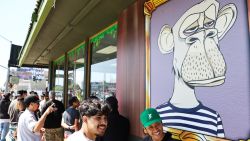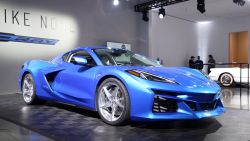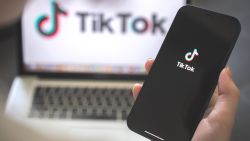Lyft went public Friday and did reasonably well, despite the fact that the company lost nearly $1 billion last year.
It might be tempting to consider that performance as evidence of a bubble forming for startup companies that want to make their debut on Wall Street. Pinterest, Slack, Airbnb and Lyft rival Uber have all signaled an intent to go public this year.
But investors need to bone up on their history before declaring that Lyft (LYFT) and some of the other Silicon Valley unicorns set to go public are a sign of market mania.
For one, Lyft shares wound up rising less than 10% Friday. That’s good, but not phenomenal. And the stock pulled back sharply Monday — a sign that investors are already second-guessing Lyft’s $24 billion valuation.
More on the Lyft IPO
That behavior is a stark contrast to how investors acted 20 years ago, when much smaller tech startups were all the rage on Wall Street.
IPOs in 1999 were smaller and bleeding red ink
An unprofitable software company named VA Linux still holds the record for the largest one-day gain for an IPO. Shares skyrocketed nearly 700% on its debut day in December 1999.
That valued the company at $1.6 billion even though VA Linux had annual sales of only $17.8 million.
VA Linux inherited the biggest one-day IPO title from theglobe.com, a web portal that surged more than 600% on its first day of trading in November 1998.
Theglobe.com soared even though it had reported revenue of just $1.2 million in the first half of 1998. Not billion. Million. And the company also had posted a net loss of $5.8 million.
Curiously, theglobe.com (TGLO) still trades — albeit for less than 4 cents a share. The company is a shell that has no operating assets.
As for VA Linux, it went through several name and strategy changes before finally selling its Geeknet retail business to GameStop (GME) for $140 million in 2015 — more than 90% below its peak price just after the IPO.
These are just two of many tech and dot-com companies from the late 1990s and early 2000s that posted triple-digit percentage gains on their first days of trading.
Companies with names like WebMethods, Cache Flow and Crayfish all soared more than 400% when they went public.
No signs of a bubble here
The IPO market was so frothy back then that investors were even eager to buy shares of media companies reporting on the frenzy. MarketWatch, now a part of News Corp. (NWSA), popped nearly 475% when it started trading in January 1999.
“This doesn’t feel like the late 1990s to me. You had companies going public that were just delivering pet food. I don’t see any signs of a bubble,” said Simon Lack, managing Partner at SL Advisors. Lack was referring to Pets.com, which went from an IPO in February 2000 to going out of business by the end of that year.
It doesn’t even feel like earlier this decade, for that matter.
Twitter (TWTR), for example, soared more than 70% when it started trading in late 2013. But shares are still well below the closing price of about $45 from its IPO day.
And Snap (SNAP)chat parent Snap (SNAP) rose nearly 45% when it went public more than two years ago. The stock is now trading a little north of $11 — less than half of what it closed at when it debuted. It’s even below its offering price of $17.
So the fact that Lyft didn’t go bonkers when it began trading might be a good thing. It shows that investors aren’t going to fall for unprofitable unicorns just because they have a lot of buzz.






















